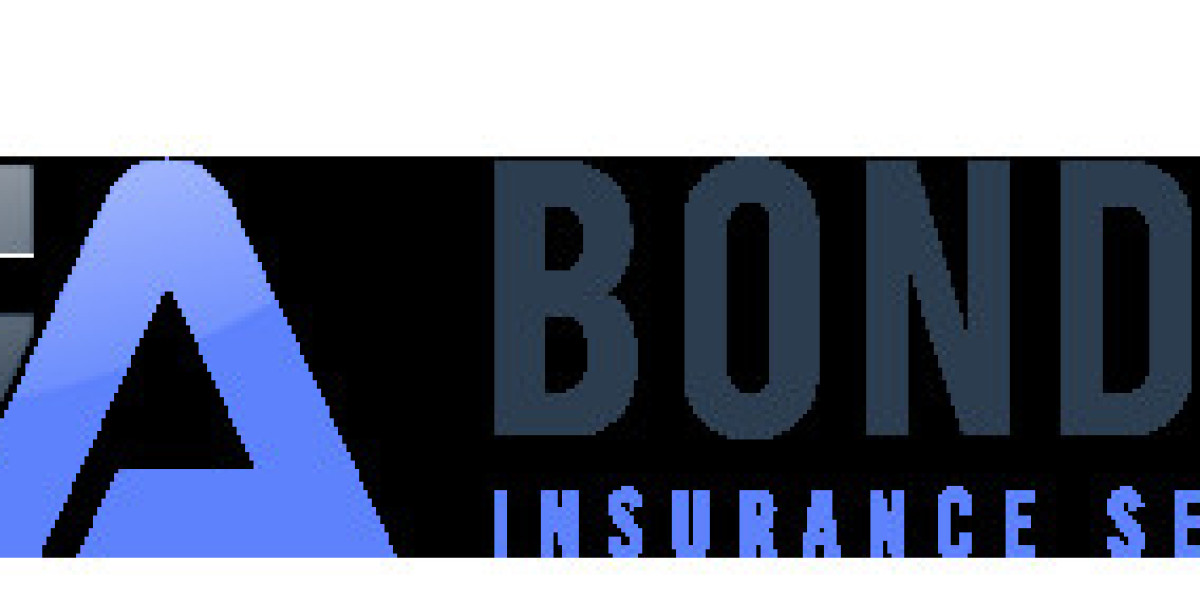What Are Personal Lines?
Personal lines insurance refers to coverage written for individuals and families, designed to protect personal assets and mitigate personal liability risks. Common types of personal lines insurance include:
Auto insurance – Covers personal vehicles against damage, theft, and liability.
Homeowners insurance – Protects homes and personal property from loss due to theft, fire, and other perils.
Renters insurance – Offers liability and property protection for tenants.
Life insurance – Provides financial support to beneficiaries after the insured's death.
Health insurance – Covers medical expenses and preventive care.
Personal umbrella insurance – Offers additional liability coverage beyond basic policies.
These policies are typically standardized, easy to quote, and often purchased online or through agents with minimal customization.
What Are Business Lines?
Business lines insurance, also known as commercial insurance, is designed to meet the unique risks faced by businesses, from small startups to large corporations. This type of insurance includes:
General liability insurance – Protects businesses from claims involving bodily injury or property damage.
Commercial property insurance – Covers buildings, inventory, and equipment.
Workers’ compensation insurance – Provides wage replacement and medical benefits for employees injured on the job.
Professional liability insurance – Also known as errors and omissions (E&O), it covers negligence claims.
Cyber liability insurance – Protects against data breaches and cyberattacks.
Commercial auto insurance – Covers vehicles used for business purposes.
Unlike personal lines, business lines often require tailored solutions due to the complex and varied nature of commercial operations.
Key Differences Between Personal Lines and Business Lines
While both types of insurance aim to mitigate financial risk, there are several fundamental differences between personal lines business lines:
| Feature | Personal Lines | Business Lines |
|---|---|---|
| Target Audience | Individuals and families | Businesses and organizations |
| Coverage Scope | Standardized, individual-based policies | Tailored, often complex coverage packages |
| Risk Profile | Lower risk, predictable claims | Higher risk, industry-specific liabilities |
| Underwriting | Simplified, automated | Detailed, requires expertise |
| Distribution | Agents, brokers, online platforms | Commercial brokers, specialty agencies |
Why the Distinction Matters
Understanding the distinction between personal lines business lines is essential for anyone looking to buy insurance or work within the insurance industry. For consumers, it helps ensure the right type of policy is purchased. For insurance professionals, it informs product knowledge, sales techniques, and client relationships.
Additionally, insurers often structure their departments and teams based on these categories. Agents might specialize in either personal lines or business lines—or in some cases, both—to better serve their clients and build expertise in their area of focus.
Where Personal Lines and Business Lines Intersect
Interestingly, there are cases where personal lines business lines overlap. For example:
A freelancer who works from home may need both homeowners insurance and a business rider to cover professional equipment.
A rideshare driver may need both personal auto and commercial auto coverage.
Landlords may need a personal property policy for their own residence and a commercial policy for rental properties.
Understanding these gray areas is critical for ensuring comprehensive protection.
Opportunities for Growth in Both Markets
Both segments offer tremendous opportunities for growth, particularly as technology reshapes the way policies are sold, underwritten, and managed. Insurtech startups are innovating in both personal lines business lines, offering on-demand policies, AI-based risk assessments, and streamlined customer service.
For agents and brokers, cross-selling between personal and business lines can unlock new revenue streams. For instance, a small business owner may also need personal auto or life insurance, while a personal lines client might start a home-based business and require professional liability coverage.
Conclusion
The world of insurance is vast, but at its core, it is built around the dual pillars of personal lines and business lines. Each serves a vital purpose in the ecosystem of risk management. By understanding the differences, overlaps, and opportunities in personal lines business lines, policyholders and professionals can make informed decisions, minimize risk, and build stronger financial futures.








